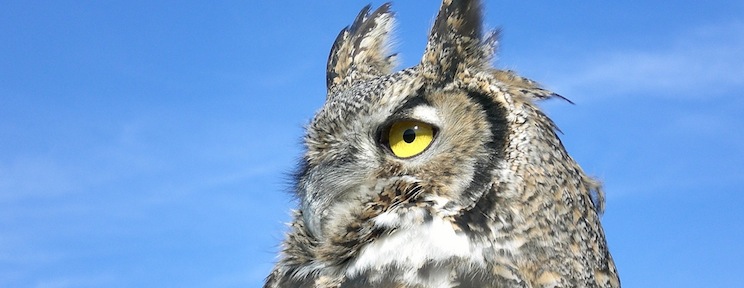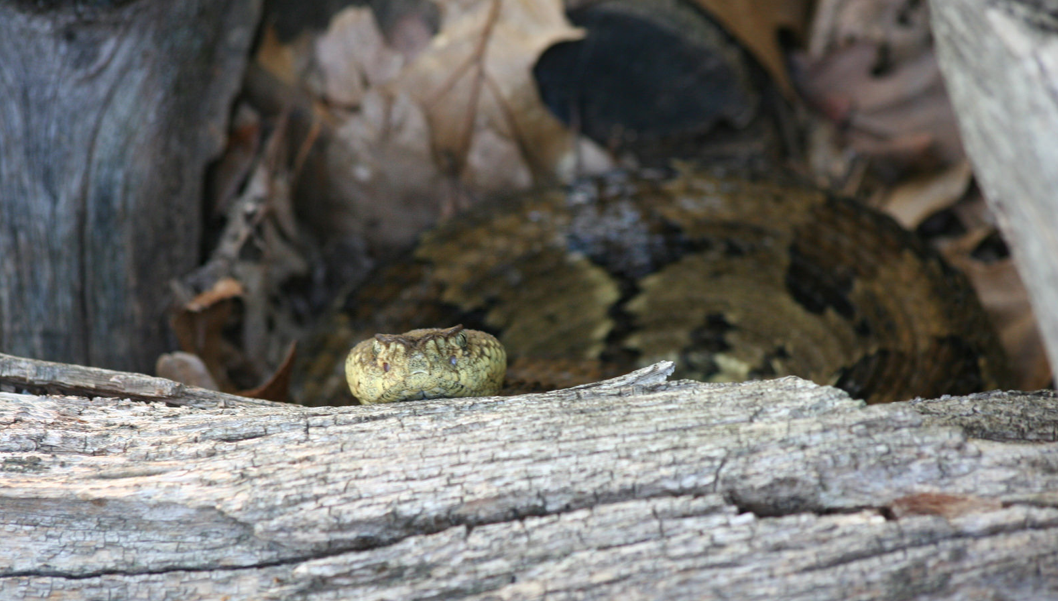
Trail Safety: ticks, snakes,and common sense
Ticks
Learn more about these arachnids and the diseases they can carry here!
Tick prevention:
- Stay on marked trails. Avoid brushing up against vegetation. Ticks aren't limited to tall grass - you can find them on lawns and in yards too - but staying on marked trails and not bushwhacking will help limit your exposure.
- Wear long pants, and when possible tuck pant legs into socks and tuck shirts under belts.
- Wear a hat or other head covering to prevent ticks’ access from overhead limbs and leaves.
- To repel ticks, use products containing DEET on skin and clothing. To repel and kill ticks, use an aerosol containing Permethrin ONLY on clothing.
- Ticks can attach themselves to any part of your body, so check hair and scalp, inside the ears, under arms and behind knees. Check yourself thoroughly each day, all year round.
- Routinely check pets and administer regular flea and tick prevention as your veterinarian advises.
You can download this app to record your tick observations and learn about tick activity in your region. The app was conceived to allow people living in high-risk areas for Lyme disease to participate in our tick exposure and human behavior study.

Timber Rattlesnakes
Learn more about this important and endangered species here!
Are there Timber Rattlesnakes at Tanglewood?
Rarely, from June through mid-September, we may haveTimber Rattlesnakes out and
about. (So does Harris Hill. So does Steege Hill. So does the a great
deal of land in the Twin Tiers in NY and PA.) If you’re hiking
during those months - on our trails or someone else’s - please be
cautious. The timber rattlesnake tends to hibernate between October and
May but it's best to be alert and aware in the shoulder seasons of
spring and fall too. For a safe visit with a live Timber Rattlesnake,
please come view the one living on display in our Nature Center and
Museum!
Are they venomous (poisonous)?
Yes, they are venomous.
They are not aggressive, and they will not go out of their way to
strike you. Generally, they just like to sit in the sun and bask, but
they do startle and slither off from time to time. It is important to
look carefully where you are walking and to look over logs and rocks -
look over logs before stepping, and please keep children with or behind
adults as you hike, rather than letting a child run ahead.
What should I do if I see a Timber Rattlesnake?
Do not touch or bother them under any circumstances: it is dangerous and illegal.
If you see one on Tanglewood’s trails at Gleason Meadows/Frenchman’s Bluff or at Personius Woods, please notify an employee at the Nature Center, and let them know where you saw it, and how big it was. (Often, if the snake is not in a high-traffic area, we will allow them to slither off to a quieter place on their own time. They don't always need to be moved.) Timber rattlesnakes are an endangered species. By law, you are not allowed to touch them, move them, or harm them.
We protect them because historically they are a part of our region. Since they are an endangered species, and we care deeply about preservation, we want to ensure that they do not go extinct.
If you see a timber rattlesnake in the road or on another property where they might be in conflict with humans (soccer fields, your yard, etc) you can call dispatch (911) and ask to be connected to someone licensed to remove the timber rattlesnake to a safer location.
What do I do in case I get bit?
First, don’t panic. Call 911 immediately.
Let them know what happened. You will want to get to a hospital to be
treated with anti-venom as soon as possible. Remember: don’t panic and
call for help.
